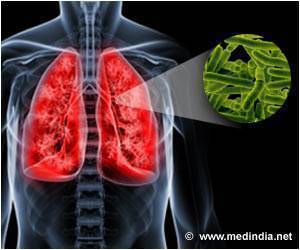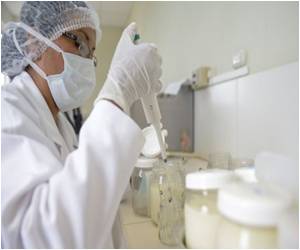It is rather surprising to find a multitude of varied microbes containing compounds that can cure diseases in urban laden soil.

- Soil has competing microbes and is a rich source of new drugs for various diseases.
- Novel molecule-encoding sequences vastly outnumber those which is already known and used to formulate drugs.
Only a fraction of soil bacteria can be grown in the lab, severely limiting scientists' ability to exploit them. Brady's lab avoids this problem by looking directly at the bacterial DNA in soil. Within these sequences, the researchers can identify the instructions for making molecules that interest them.
The research on New York City soil was a collaboration with the nonprofit Natural Areas Conservancy, whose scientists made sure the 275 samples came from a variety of ecosystems within New York City's park system. With assistance from the conservancy, five high school students participating in Rockefeller's Science Outreach Program collected small amounts of topsoil. These went to Barnard College where the DNA was isolated, then on to Rockefeller where scientists decoded the precise genetic sequences it contained.
The researchers then compared their samples to those from known nonribosomal peptides and polyketides, two families of compounds to which many therapeutic molecules previously isolated from bacteria belong.
A single sample from Prospect Park in Brooklyn harbored genes that likely encode 25 molecules that have been studied for potential use as antibiotics and other types of medicines.
"Less than one percent of molecule-encoding sequences matched up to the known genes to which we compared them," says first author Zachary Charlop-Powers, a postdoctoral fellow in Brady's lab. "Similar efforts in soil collected elsewhere have also shown that novel molecule-encoding sequences vastly outnumber those we recognize. This suggests there are many as yet-unidentified genes out there, and among these, some are likely to have potentially useful biological activity."
Source-Medindia









